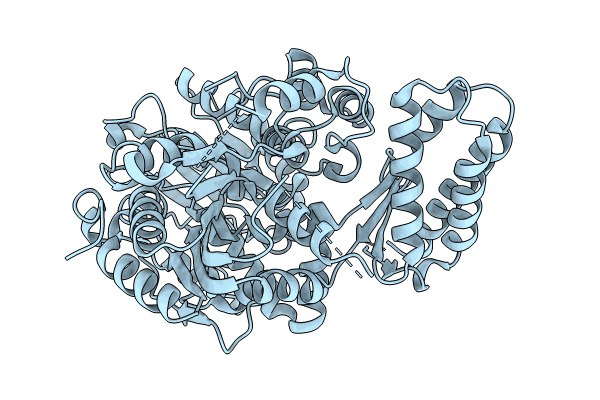
Deposition Date
2023-11-28
Release Date
2024-01-17
Last Version Date
2024-07-31
Entry Detail
Biological Source:
Source Organism:
Pseudomonas aeruginosa (Taxon ID: 287)
Host Organism:
Method Details:
Experimental Method:
Resolution:
2.90 Å
R-Value Free:
0.27
R-Value Work:
0.22
R-Value Observed:
0.23
Space Group:
P 21 21 21


